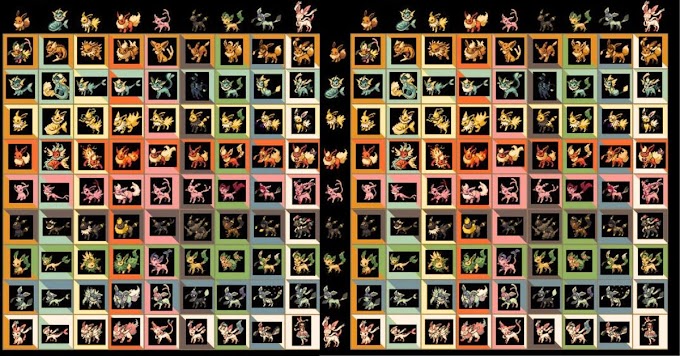MG to ML Converter
In the realm of measurements, understanding the conversion between milligrams (mg) and millilitres (ML) is essential, especially in the fields of pharmaceuticals, chemistry, and medicine. This blog post will delve into the definitions, history, formulas, and methods to convert milligrams to millilitres, shedding light on this crucial conversion for various applications.
How to Use Milligram to Millilitre Converter
- Sure, to convert milligrams (MG) to millilitres (ML), just put the number of milligrams in the box and click "calculate." You'll see the millilitre equivalent right away.
- If you want to switch from millilitres to milligrams, click "Swap Units" and adjust. The answer will show up immediately.
See Also: ML to Grams Converter
What is Milligram (mg)?
A milligram, denoted as "mg," is a metric unit of mass that represents one-thousandth of a gram. Gram, the base unit of mass in the metric system, is divided into milligrams to measure smaller quantities precisely.
History of Milligram (mg)
The term "milligram" finds its roots in the late 18th century, stemming from the Latin word "milli" meaning one thousand and the Greek word "gramma" which translates to a small weight.
What is Milliliter (ML)?
A millilitre, abbreviated as "ML," is a unit of volume in the metric system. It is equivalent to one-thousandth of a litre, which is the base unit for volume in the metric system.
History of Milliliter (ML)
The concept of a milliliter dates back to the early 19th century, originating from the French word "millilitre," where "milli" signifies one thousand and "litre" denotes a unit of volume.
Milligram (mg) to Milliliter (ML) Formula:
To convert milligrams (mg) to millilitres (ML), you need to employ a specific formula:
where the density is the substance's density in milligrams per millilitre (mg/mL).
How to Convert mg to ML
Converting milligrams to millilitres involves utilizing the density of the substance in question. Here's a step-by-step guide to performing the conversion:
Determine the Density: Identify the density of the substance in milligrams per millilitre (mg/mL). This information is typically available on the substance's packaging or in scientific literature.
Apply the Formula: Substitute the density value into the formula mentioned earlier: ML=
Perform the Calculation: Divide the given milligrams (mg) by the density to obtain the equivalent volume in millilitres (ML).
Milligram to Milliliter Conversion Example
Let's illustrate the conversion using an example:
Suppose you have 500 milligrams (mg) of a substance with a density of 1.2 mg/mL. To convert this to millilitres (ML), you would use the formula:
ML≈416.67 mL
So, 500 milligrams is approximately equal to 416.67 millilitres.
MG to ML Conversion Table:
For convenience, here's a conversion table for common densities:
| Milligrams (mg) | Density (mg/mL) | Milliliters (ML) |
|---|---|---|
| 100 | 0.5 | 200 |
| 250 | 0.8 | 312.5 |
| 500 | 1.2 | 416.67 |
| 750 | 1.5 | 500 |
| 1000 | 2.0 | 500 |
ML to MG Conversion Table:
For reverse conversions, here's a table to convert millilitres (ML) to milligrams (mg) using the formula :
| Milliliters (ML) | Density (mg/mL) | Milligrams (mg) |
|---|---|---|
| 100 | 0.5 | 50 |
| 250 | 0.8 | 200 |
| 500 | 1.2 | 600 |
| 750 | 1.5 | 1125 |
| 1000 | 2.0 | 2000 |
FAQs
What is the density of water in mg/mL?
The density of water is approximately 1 mg/mL at room temperature.
Can the density of a substance change with temperature?
Yes, the density of a substance can vary with temperature changes.
Is the milligram-to-milliliter conversion applicable to all substances?
No, the conversion depends on the substance's density, and different substances have different densities.
How accurate are these conversion formulas?
The formulas provide accurate conversions based on the provided density values.
Are there online tools available for quick conversions?
Yes, there are many online calculators and tools available for effortless mg-to- mL conversions.
Is the milligram-to-milliliter conversion used in medical dosages?
Yes, medical professionals often use this conversion to determine appropriate dosages of medications.
Conclusion
Understanding how to convert milligrams (mg) to millilitres (ML) is crucial in various scientific and practical applications. The conversion relies on the density of the substance in question. By utilizing the provided formula and conversion tables, you can accurately convert between these units, facilitating precise measurements in pharmaceuticals, chemistry, and related fields. For further exploration and in-depth understanding, you can refer to the relevant Wikipedia articles on milligrams and millilitres. Mastering this conversion opens doors to precise calculations, enhancing efficiency and accuracy in scientific endeavours
%20to%20Millilitre%20(ML).jpg)



